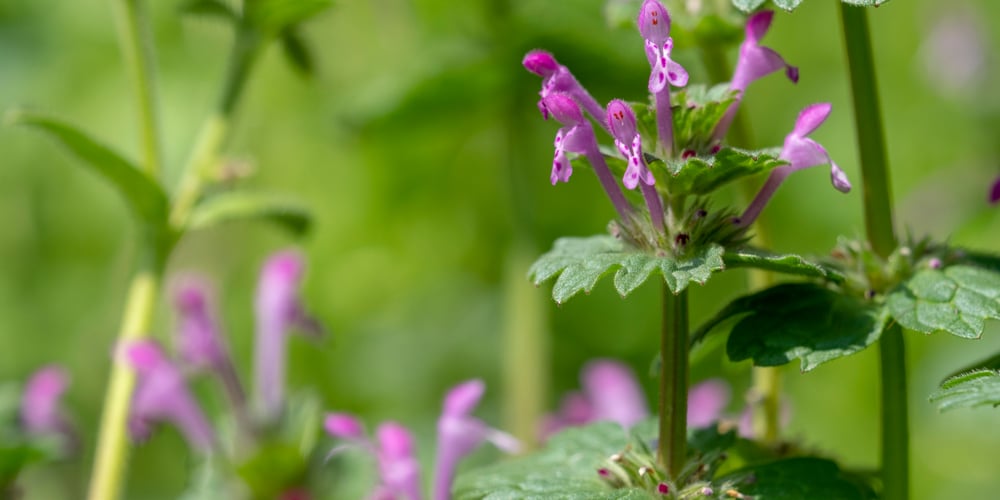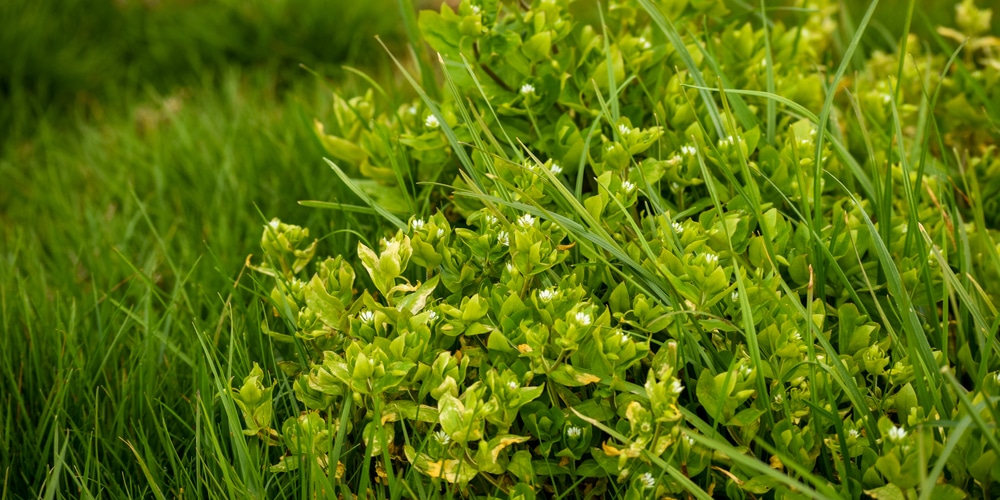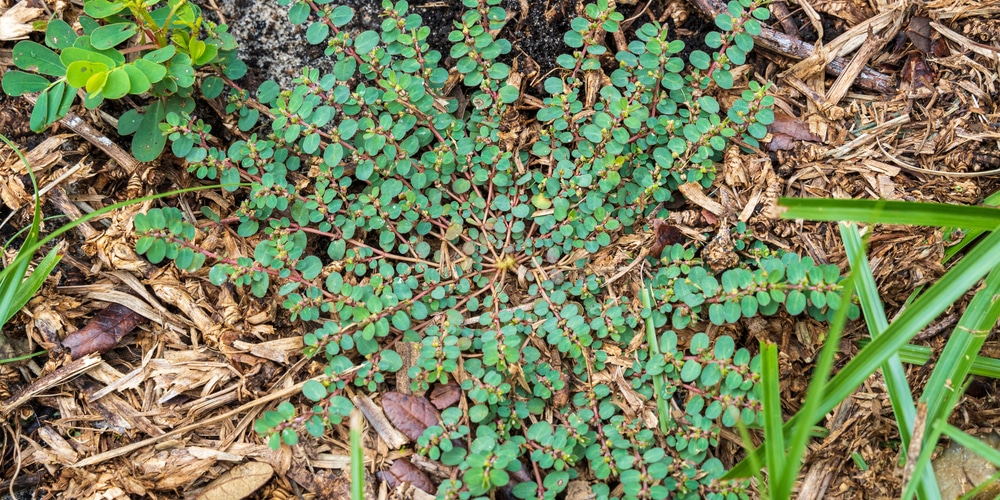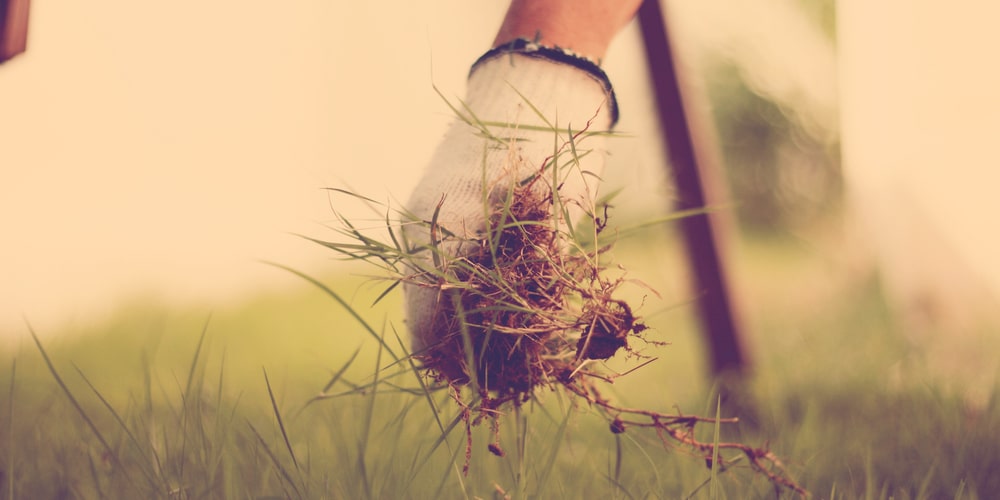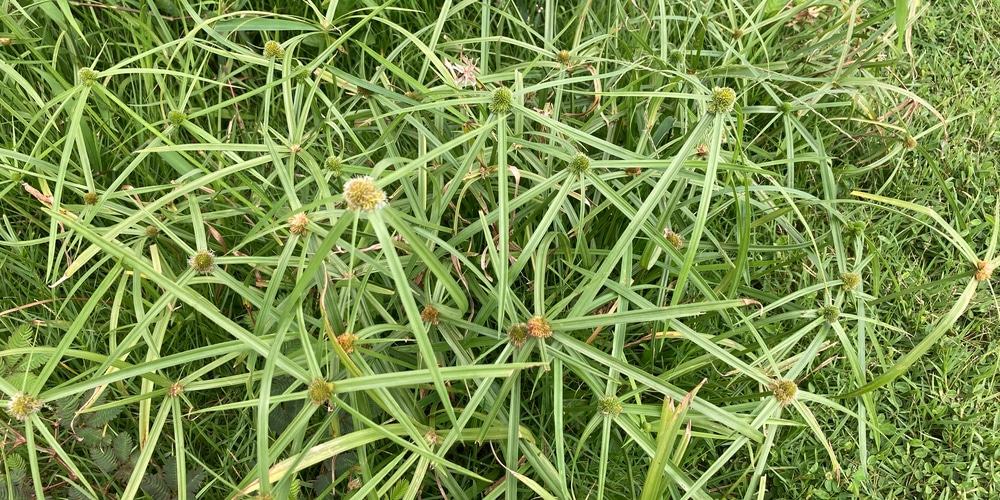Weeds can be frustrating if you own a lawn. In the spring, nature gets back to action after resting during the winter. Between April and May, some of your flowering plants will probably bloom. And the same happens to wildflowers and weeds.
In North Texas, as the weather faces heat and intermittent rain, you may notice some of the most popular wildflowers native to this region. Warm temperatures will bring them up. But what can you do about North Texas Flowering weeds, and which ones should you learn to identify?
You will find answers to your questions in this essential guide we prepared for you. Because it is best to be knowledgeable about a subject before taking action, we decided to share what we think you should know about weeds and wildflowers native to North Texas.
Identifying them will help you take proper measures to contain or eliminate them, if necessary. To keep things simple, we divided flowering weeds into three main groups: the broadleaf weeds (which produce big leaves and showy flowers), the grassy weeds (which can be a challenge to remove), and sedges (grass-like in appearance with triangular stems).
Let’s have a look at some North Texas Flowering Weeds you should know about when taking care of your lawn!
Henbit
Henbit is an annual broadleaf weed that permeates fields, gardens, pastures, and lawns in North Texas. This species grows in the winter and takes over in the spring. Because of its aggressive behavior, it will compete with your grass and inhibit its growth.
During the spring, henbit produces small purple flowers that branch from the base. Its leaves are circular and have a hairy texture. You can prevent it from spreading to your garden by applying a weed control product during the fall. Alternatively, you may have to add a post-emergent pesticide.
Common Chickweed
Common chickweed is another common weed in North Texas. While its leaves are edible and pretty, you should consider getting rid of them from your lawn. Indeed, common chickweed can behave aggressively and take over your garden quickly. This flowering weed has hairy green stems and oval leaves that grow in opposite pairs. Its yellow flowers usually grow in clusters and have ten petals that fan out in a star shape.
Spotted Spurge
Spotted Spurge is another broadleaf weed that grows outwards and thrives in open gaps in gardens and cracks in the cement. You can easily spot this plant from its characteristic shape. Plus, you may notice red spots in the center of its dark leaves. Because this weed reproduces rapidly, you will have to take early action to contain it.
Dandelion
Dandelion is a perennial weed common throughout the United States. While dandelions can be charming plants, they can also be annoying for the health of your garden: without adequate measures, they will come back each year and damage your plant root systems. Dandelions bloom in the spring: their yellow flowers turn into white puffs during the summer. Prevent them from attacking your garden by keeping your lawn thick and healthy
Crabgrass
If you live in North Texas, you might be familiar with crabgrass. This weed spreads when temperatures are warm and can appear on almost any lawn. Plus, it is resistant and tolerant to drought, making it hard to contain.
Green Kyllinga
Green killings is a perennial sedge weed that thrives in moist soils. You can recognize it from the spherical seedheads it produces during the warmer months. Because of its aggressive root system, this weed is tricky to eliminate. You may have to call for professionals to help you.
Purslane
Purslane is an annual broadleaf weed in North Texas. It thrives in rocky environments and can quickly spread to your turf. This flowering weed resists heat and drought. Its yellow flowers consist of five petals that produce seed pods to help purslane reproduce. Pull this weed to prevent it from taking over your garden.
North Texas Flowering Weeds: The Bottom Line
We hope that this essential guide can help you identify and eliminate flowering weeds that might spread to your garden in North Texas. While some varieties might look pretty, if you don’t want them taking over your garden, you must take proper measures as soon as you notice their presence.
Related Article: Do Weeds Die in Winter?
